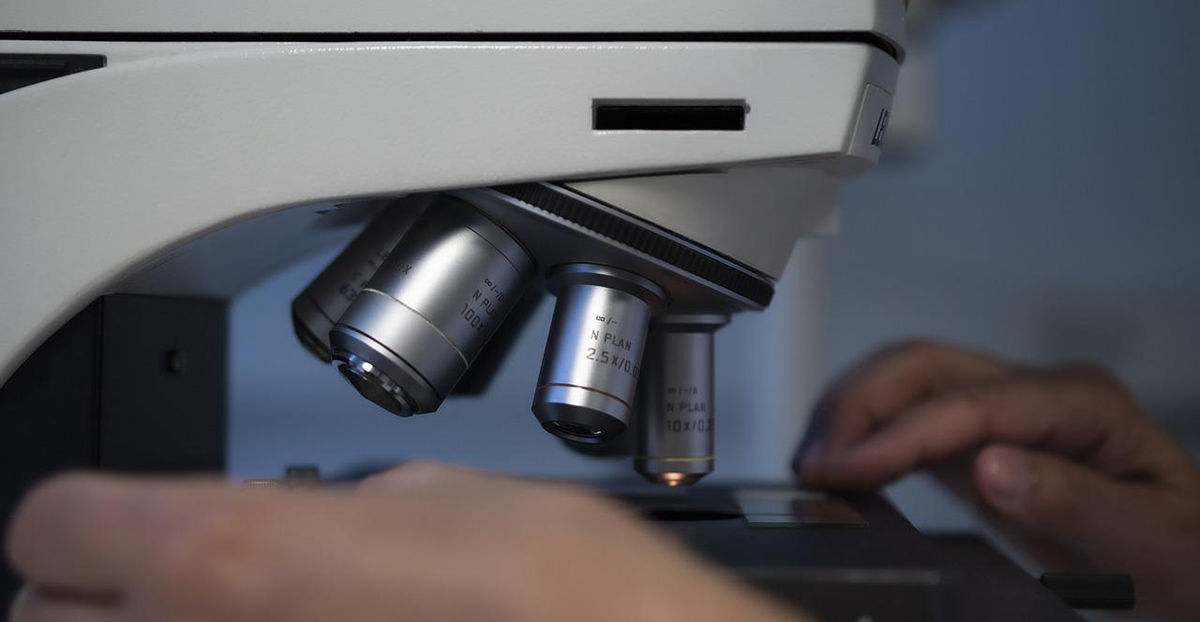
01 Jun How study sites experienced clinical trial changes during pandemic
By Moe Alsumidaie, Applied Clinical Trials
Many biopharmaceutical companies have discussed how the pandemic has changed clinical trials. However, study sites have also implemented strategies to bring studies into a new realm. In this interview, Aasma Shaukat, MD, MPH, study co-lead, professor of medicine, and director of outcomes research for the Division of Gastroenterology and Hepatology at New York University Langone Health discusses the site perspective.
Moe Alsumidaie: As we come out of the pandemic, can you tell me about your clinical trial design changes over the past two years?
Aasma Shaukat: The pandemic accelerated things we were already trying to do in clinical trial design, including more virtual enrollment, point-of-care enrollment, and ways to reach populations that traditionally don’t come to the clinic. Over the past two years, we saw clinical trials pivot to a more virtual enrollment platform. Also, they became more creative in reaching potential participants through social media and engagement channels other than just traditional in-person visits. Here’s what a typical example might look like: Say there’s a clinical trial available. To find out about the clinical trial, the patient would have to have a visit with a provider like myself, and I would have to remember to discuss the study with the participant and see if they’re agreeable. Then a coordinator would call them, and they would come in for a visit. At that point, the coordinator will obtain consent and all the other necessary paperwork. Then the patient would come in again for a blood draw or some other metrics, and they would undergo the procedure or the intervention. Then there would be several follow-up visits in person in the clinic or research space.
The pandemic upended that model. So, the first change was that instead of waiting for patients to come to us to be able to talk about potential studies, we are now reaching out to them. And we’re doing that through social media, news outlets, and the internet. So, now, in the comfort of their home, patients can learn what studies they’re potentially eligible for and sign up.
Second, consent and education about the study can now be done virtually. So, my coordinators, for instance, pivoted to a Zoom or a virtual enrollment or telephone enrollment visits. Finally, we send mobile phlebotomy to patients instead of them having to come to the clinic to get their blood drawn. We did this very successfully in a trial designed to validate a blood-based screening test that recently completed enrollment, called PREEMPT CRC, which is Freenome’s prospective study to validate our blood test for CRC screening among average-risk adults. We sent mobile phlebotomists to participants’ homes to draw blood or collect other measurements during enrollment. And all the follow-up was either through virtual visits or by telephone. So that completely changes the paradigm of how studies are done. And it allows us to include a population that otherwise we wouldn’t be able to reach out to.
Alsumidaie: I recently read in the New York Times that diversity is still a problem in clinical trials, especially post COVID. Can you tell me a bit about why as an industry, we still have a long way to go toward ensuring that there’s sufficient diversity in clinical trials?
Shaukat: That’s one of the things that we as a research community still struggle with. There’s a lack of diversity in clinical trials. If you think about the standard model of how clinical trials were done, individuals who had access to information about the clinical trials were either connected at large medical centers or through academic centers or perhaps lived nearby. These patients also had the means and the time to participate in these studies, which by those conditions excludes many individuals. When Freenome designed PREEMPT CRC, we wanted to ensure diverse representation and broad reach, so we employed a novel hybrid strategy. First, what was important was going to smaller community networks and clinics. These could be in rural areas, or geographically dispersed locations, and they could also be areas far from academic or urban medical centers. Virtual enrollment allowed us to do that – we have participants from every ZIP code in the continental United States. Second, by using social media, we could reach participants and potential individuals that we otherwise wouldn’t necessarily see in a clinic or perhaps in a clinic connected to clinical trials.
The third strategy was to go to practices and places where we know there are a lot of diverse individuals, such as urban neighborhoods—inner-city Chicago and New York City, as well as Florida and Arizona for the older demographic age groups. That was partly strategic and partly a result of a more extensive reach out to these communities. But if you don’t do some of those steps, say it’s a cancer screening trial, for example, you’re limited to relatively sizeable comprehensive cancer centers. And you can imagine that the demographic that goes to those cancer centers isn’t representative of the rest of the country. So instead, our PREEMPT CRC trial locations include community hospitals, health systems, private clinics, tertiary centers, and teaching hospitals, allowing our study to represent all patient experiences better. Read more …



